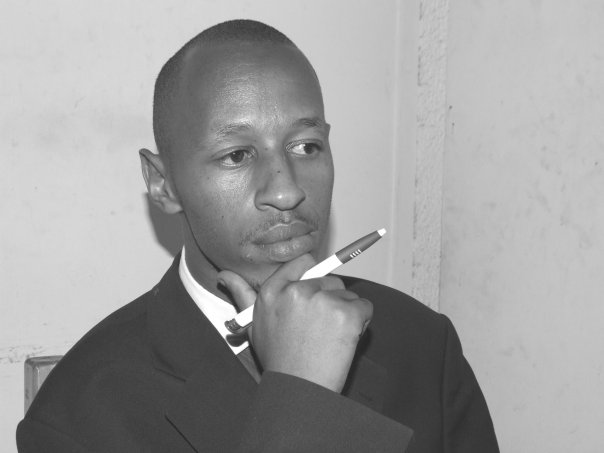Much has been discussed after the Rwandan government announced recently that her un-employment rate stands at 13.2%. Many interpreted this to imply that the rest of the working age population- 86.8%- are gainfully employed. Sadly, it is not the case.
According to the government’s own figures, there were 6,611,000 persons 16 years old and over living in regular households in Rwanda in February 2016. About 3,161,000 of them were in the labour force, either employed (2,831,000) or unemployed (430,000). An additional 3,350,000 persons were outside the labour force including some 2,205,000 persons engaged wholly or mostly in subsistence foodstuff production, not classified as employment according to the new international standards on statistics of work, employment and labour underutilization. And remember, a size-able portion of those involved in subsistence farming do not sell their produce for monetary gain.
Thus, the national labour force participation rate, that is the percentage of the working age population engaged in the labour force, was 49.3 percent indicating that slightly less than half of the working age population was either working for pay or profit or seeking employment.
The employment-to-population ratio, i.e., the percentage of the working age population who is employed, is an indicator of the performance of the national economy in providing employment to its growing population. The ratio was 42.8 percent.
The un-employment rate represents the percentage of the labour force that is unemployed, which is at 13.2 percent, indicating that roughly for seven employed persons there was one person unemployed but remember that 3,350,000 persons were outside the labour despite being in the working-age bracket. The un-employment rate is not the only indicator of the unmet needs for employment. Other indicators combine unemployment and time-related underemployment and potential labour force. The potential labour force includes persons who were available for employment but were not seeking employment during the reference period as well as persons who were indeed seeking employment during the reference period but were not currently available for work.
Thus, by the government’s own estimates, the combined rate of unemployment and time-related underemployment is 34.0 percent more than twice the unemployment rate. The combined rate of unemployment and potential labour force is even higher at 45.4 percent. The composite measure of labour underutilization that combines unemployment, time-related underemployment and potential labour force was 60.3 percent, indicating that more than half of the labour force was affected by some form of labour underutilization.
Verdict: It is false to claim that 86.8% of Rwanda’s working age population is employed.
Didas Gasana































































